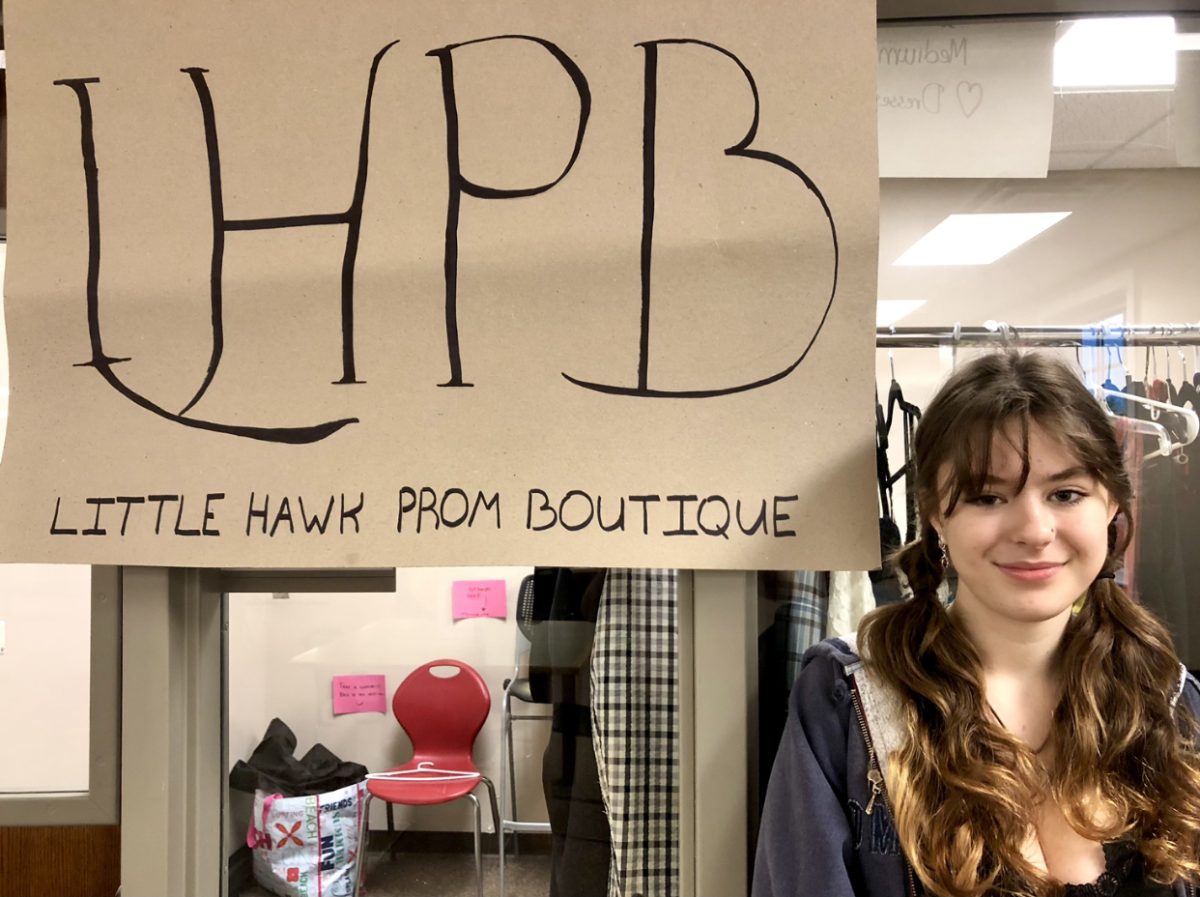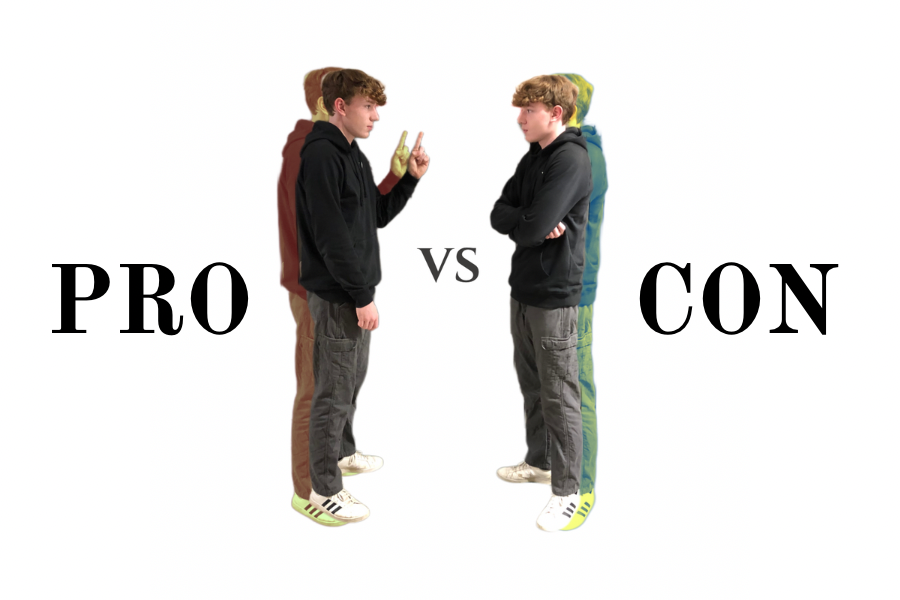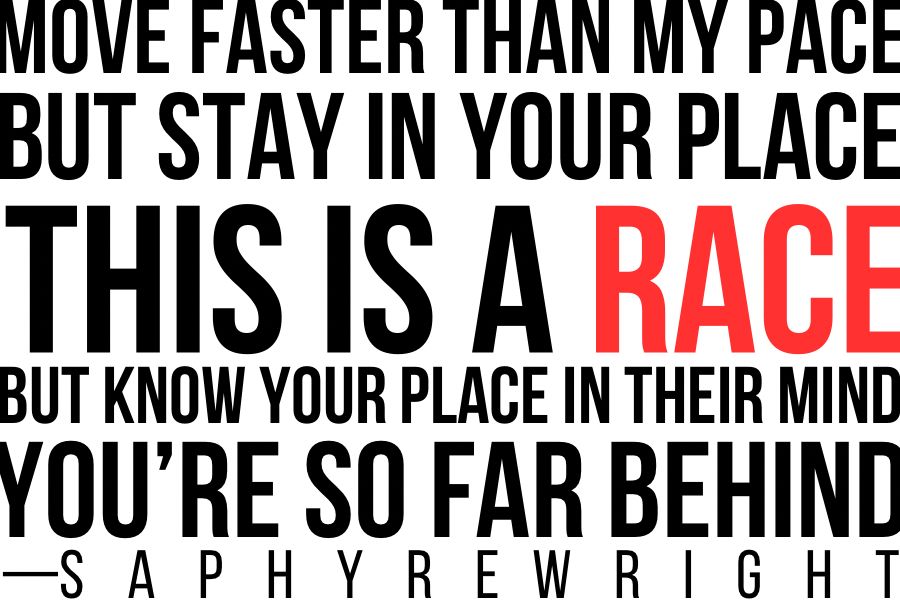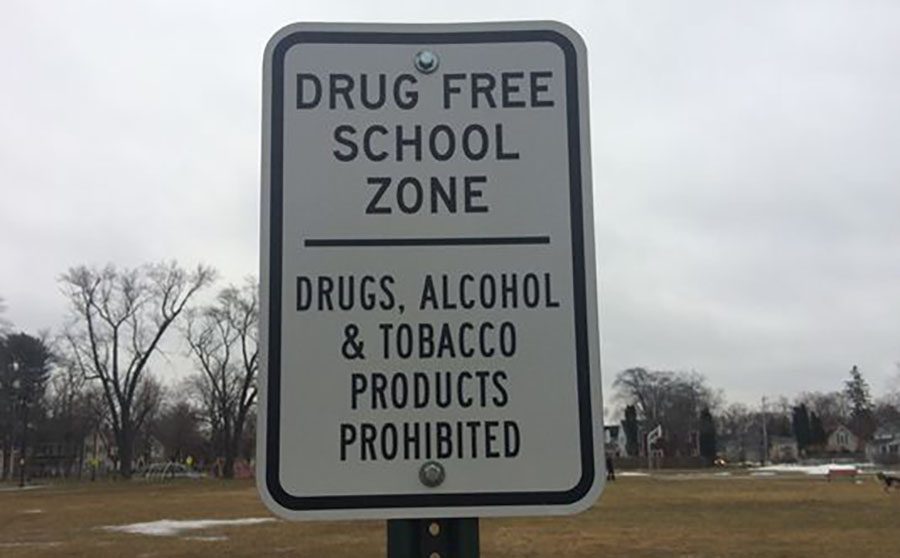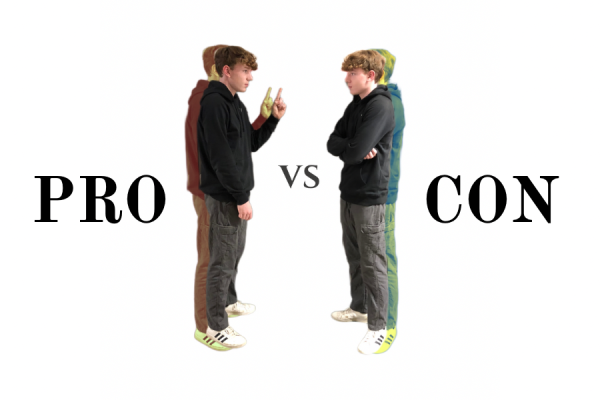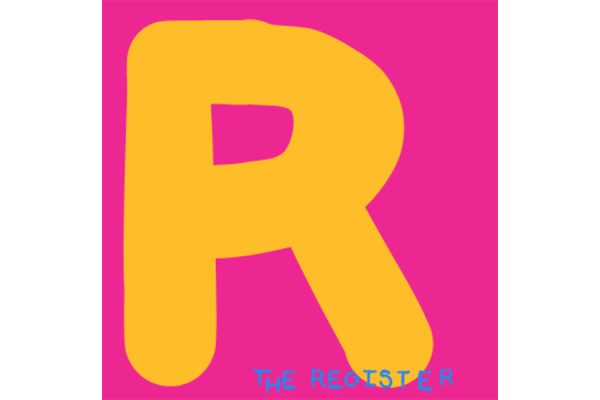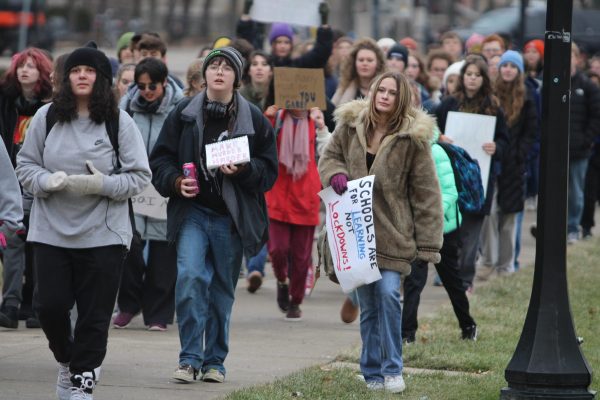The Case Against Drug Free School-Zone Laws
May 3, 2018
In the creation of drug-free school zones, lawmakers intended to protect children from drug dealers. But in the quest to solve this issue, they unintentionally implemented a far more harmful set of policies.
With the name “drug-free school zones” it might seem at first as though these laws are common sense legislation and play an important role in protecting children from drugs, but this understanding hides a deeper truth. A drug-free school zone is an area around a school or other facility commonly used by children, usually a few hundred to a thousand feet, in which there are graver consequences for drug crimes, with the intent of dissuading people from dealing drugs near areas with children. The difference in sentencing can be far more severe than the normal sentence for drug-related crimes when committed in one of these areas due to being able to be punished twice for the same crime. However, these well intentioned policies entail unintended consequences which both defeat the purpose of the policies existing in the first place and lead to those in urban areas being disproportionately negatively affected.
The root of the issues is that even though they are meant to reduce drug dealing in these zones, the harsher punishments aren’t used exclusively for drug dealing charges. This means even without evidence that someone has intent to distribute drugs, they can still be punished with these enhanced sentences, which are supposed to be reserved for those who intend to sell drugs to children. This, combined with a lack of labeling of where a school zone is and their prevalence, particularly in urban areas, means that someone who doesn’t know that they are in a school zone and who has no intention of dealing drugs is still vulnerable to be charged with these harsher penalties.
The prevalence of these zones is caused by the expansion of the use of these zones beyond just schools, not only expanding the area in which the harsher sentences are used, but also rendering the original intent of the zones meaningless. With the inclusion of places like churches with daycares and public housing, the original intent of creating unique penalties for drug dealing near schools is lost and is replaced by a system of using these harsher punishments wherever the government sees fit, thus letting go of the original goal of protecting children and morphing into policies which disproportionately punish those in urban areas.
Due to the places which would qualify as school zones for the purpose of the laws being closer together in urban areas, it means that some cities are covered in school zones to the point of absurdity. This is most evident in cities like Nashville, which is made up of 27% school zones, and Memphis, which is covered nearly 40% in school zones. This leads to situations where people are likely to be driving through a school zone without even knowing it and going a block further before getting pulled over can be the difference between a smaller sentence and life in prison.
Though they originated with good intentions, these policies have proven to be not only ineffective, but actively harmful in their unfair punishment of people they weren’t meant to affect in the first place. There have been some steps taken in Congress to reduce the power of the office that administered these policies, but still not enough has been done to remove these laws and reverse the catastrophic effects of these misguided policies.



